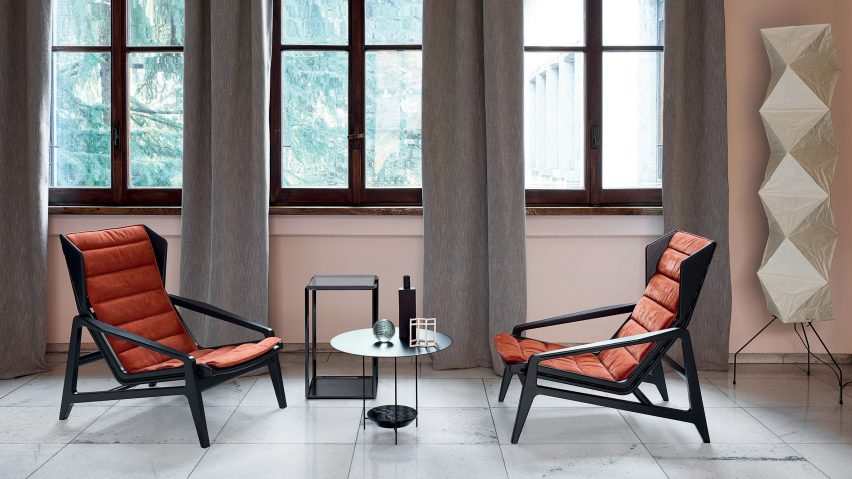
Five influential pieces of furniture designed by Gio Ponti
The work of Italian architect and designer Gio Ponti is the focus of a major exhibition at the Musée des Arts Décoratifs in Paris. Curator Salvatore Licitra, who is also Ponti's nephew, picks out five of the most important designs in the show.
On show at the Musée des Arts Décoratifs until 5 May 2019, Tutto Ponti: Gio Ponti Archi-Designer explores the full scope of Ponti's six decade-long career as a designer and architect, from 1921 to 1978.
Ponti designed both buildings and furniture as well as producing interiors, tile and textiles, and his ideas and methods crossed back and forth between the disciplines. And despite working at a time of increasing mass production, he was just as interested in craft.
"A way of looking at the present"
With the exhibition, Salvatore Licitra wanted to address how Gio Ponti "a man born in the 19th century and who passed away 4o years ago, continues to be and has increasingly become, a reference for architects, designers and artists around the world".
"This is not a case of presenting an account of 'Italian arts' and of a figure from a bygone age, but rather a way of looking at the present, and at the sources to which important contemporary expressions of creativity refer and look for inspiration," he said.
Here, Licitra picks five of Ponti's most influential furniture designs and explains how they embody his design principles:
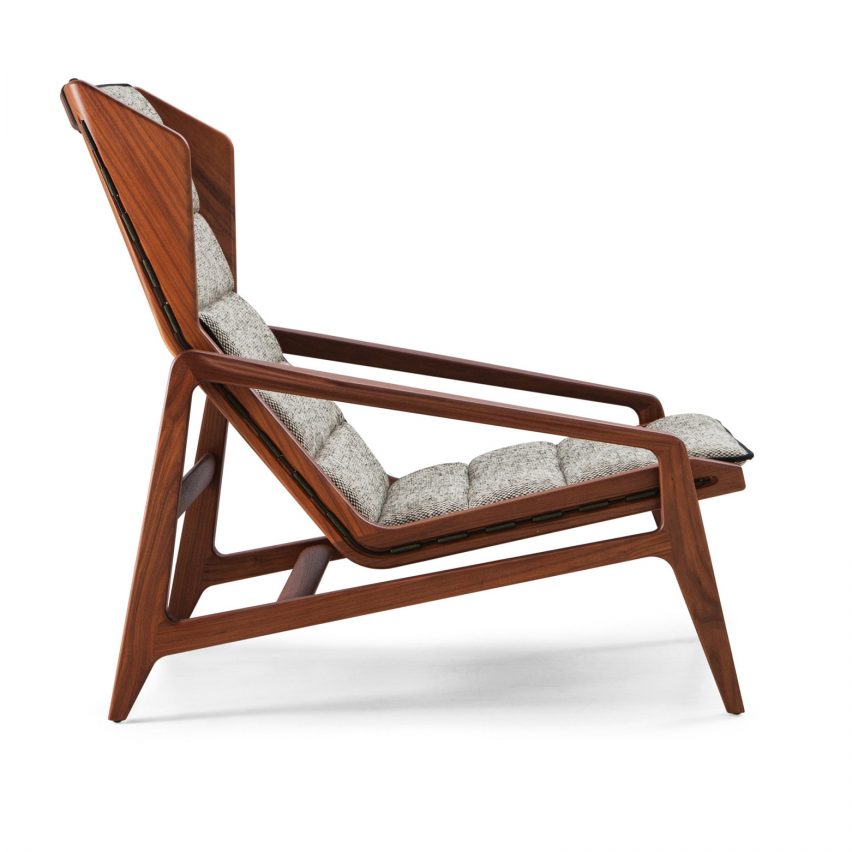
811 armchair
"The 811 armchair effectively represents the switch from artisanal furniture and cabinet-making to industrialised mass production.
"The expression of this chair is basically provided by its wooden frame, which suggests fine craftsmanship, but also boasts a suspension system for the seat and backrest with elastic belts made by Pirelli, which was decidedly innovative for those years. An example, therefore, of hybridisation between industrial production and sophisticated aesthetic finishing and material solutions.
"Those were the years when Ponti, with his creative flair, was busy laying the foundations and promoting, via Domus magazine, what later came to be known as Italian design; mass production backed by a time-honoured culture of top quality craftsmanship."
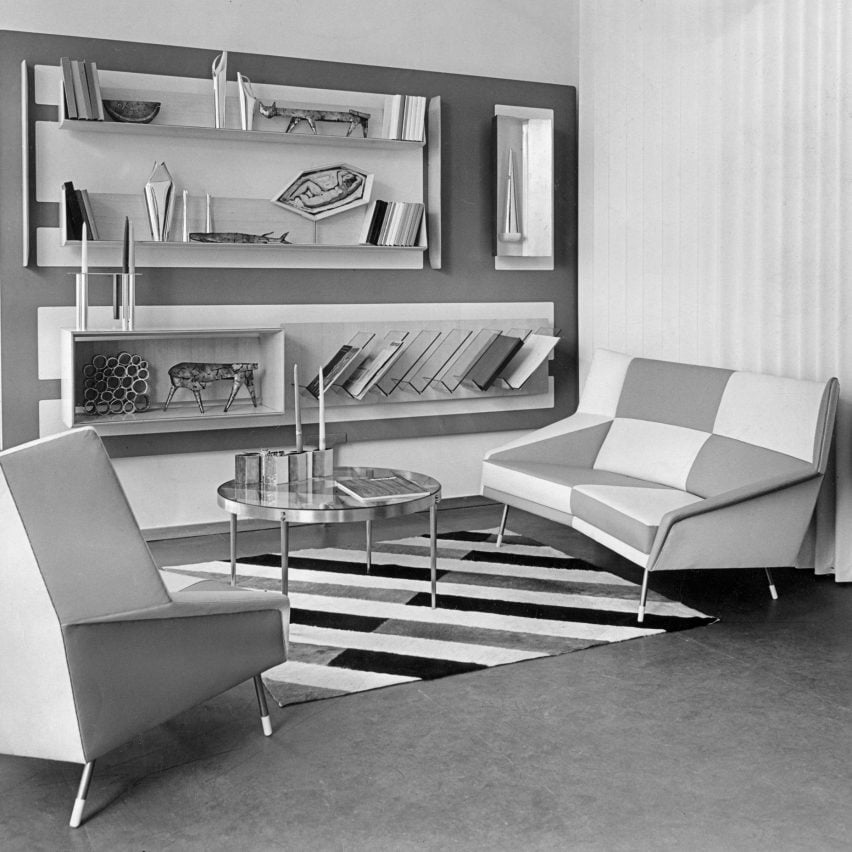
Mariposa armchair
"In Spanish, the word mariposa means butterfly. And in fact this armchair, with the moving lines of its volumes, and in the profile of its arm and backrests, is effectively reminiscent of a butterfly.
"This was a model, created by Ponti for the Villa Planchart in Caracas, which aesthetically recalls the lines and proportions of Venezuelan villas, but also of Villa Nemazee in Teheran.
"These Pontian villas are architectural butterflies, in the way their plans open up like fans, with their visually suspended walls defining the body of the building, with their flat, lightweight roofs, designed as if they had just alighted, with their canopies protruding like antennas."
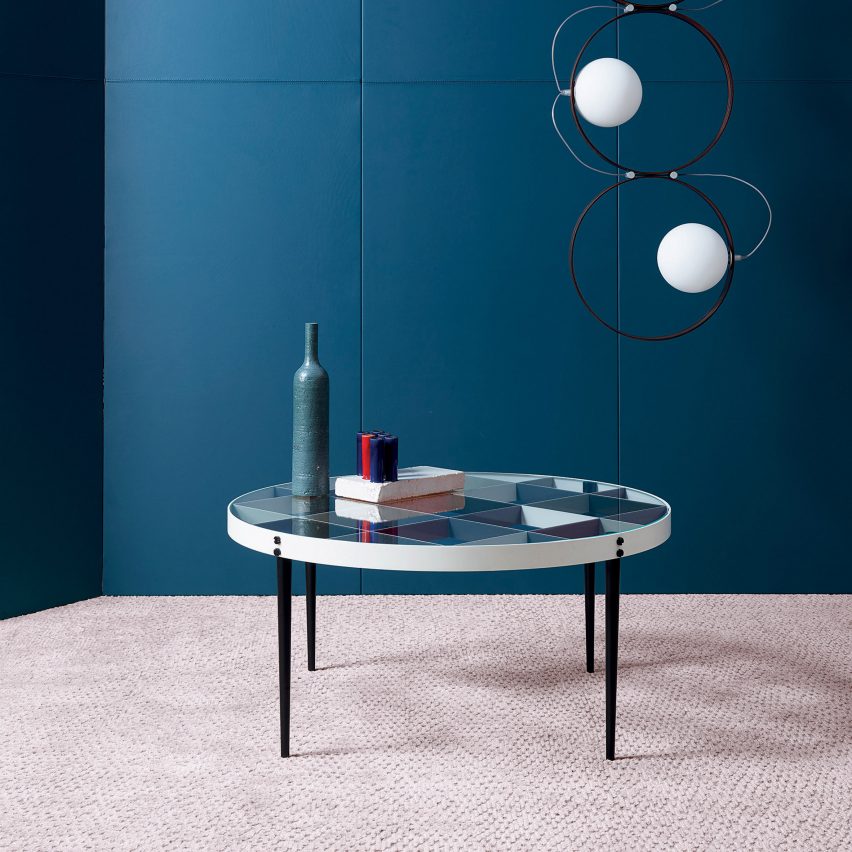
D5551 side table
"This small table, designed by Ponti in the early 1950s, is key to understanding Ponti's poetics, in both design and architecture. In its elementary simplicity, it sums up and embodies procedures and principles that animate all Ponti's work. It is a good example of his creative journey, along which his works do not follow one another in a linear fashion.
"The grid that supports the glass reflects the refined small rosewood tables that Ponti had been designing since the 1930s, where the framework of the table is part of the object's aesthetics. A key feature of this item is that the grid is painted to achieve different colour effects according to the point of view."
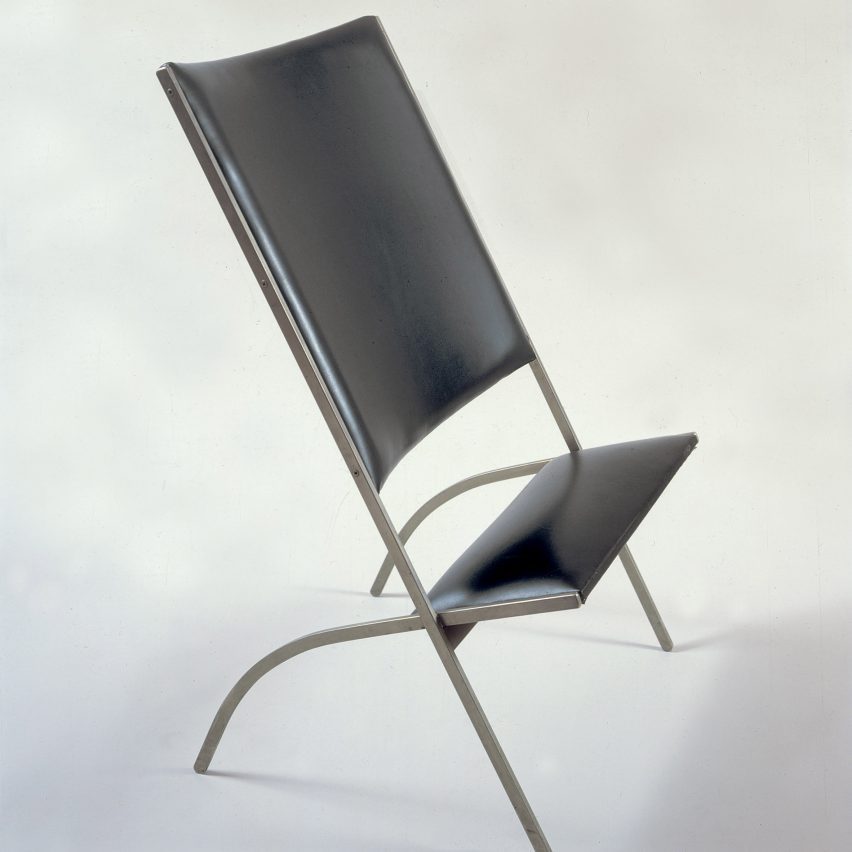
Sedia di poco sedile
"Ponti used to say that, after the Superleggera chair and the Pirelli skyscraper, he had produced two more equally important designs: Taranto Cathedral and the sedia di poco sedile, or small-seated armchair.
"This chair, with its slender, linear steel frame, which supports the two thinly padded surfaces of the seat and the backrest, looks more like a design than a piece of furniture.
"Here too it is the lean frame itself that interprets the aesthetics of the model. The shiny steel line that supports the backrest proceeds downwards to form the front legs and the one that supports the seat extends to form the back legs.
"This cross-over criterion, which Ponti had been using since the 1950s, even for furniture of completely different styles, like the items for the Andrea Doria ocean liner, enables the surfaces of the seat and the backrest to be completely independent, thereby expressing the utmost lightness."
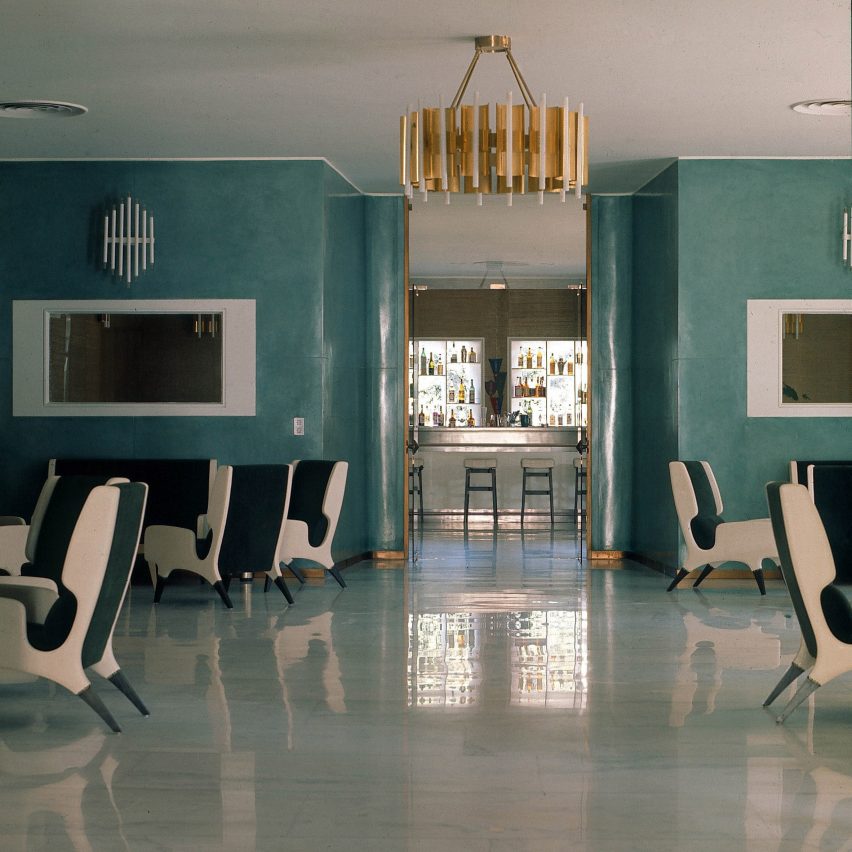
Lamp with light modules
"Technology developed in the 1960s led to the mass production of lamps using neon tubes as their light source. Ponti masterly interpreted the possibilities that this offered by focusing on the beauty of linear light.
"This is a project of light modules that could create hanging lamps or round ones but also self-standing lamps, and individual or multi-body wall-lamps or ceiling-lamps.
"In this lighting system, designed in the name of essentiality, there is nothing more than the light source and a curved screen for the luminous rod, made with ultra-thin gold anodised aluminium, to provide a body to the lamp and to give direction to the light.
"Anodised aluminium was a material that Ponti knew well, having used it since the end of the 1940s to embellish and brighten up the rooms of the ocean liners that he had furnished, sometimes lining whole walls with it."